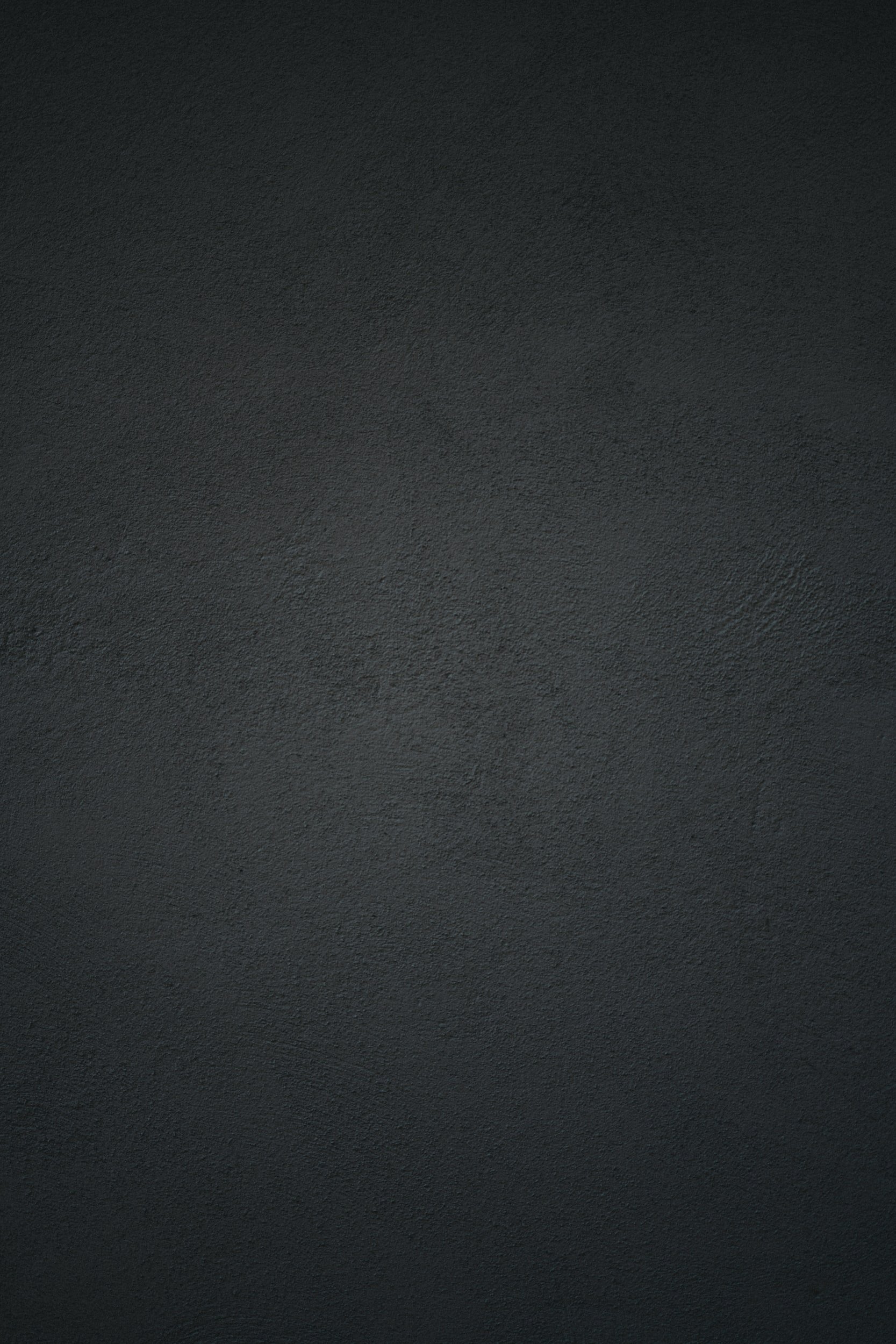
Our Services
Condensation Control
Condensation control can help common household or domestic damp issues. These concerns can occur in blocks of flats, single households and commercial buildings alike, but is most common in residential buildings. Failing to use effective condensation control methods could cause wider issues for the whole building, but there are simple solutions.
Mould Control
Black mould may appear in places that tend to stay wet, like bathtubs, shower curtains and window sills. But, like the tip of an iceberg, mould very often lays low. It might be trapped beneath soft surfaces like carpeting or hard surfaces such as tile or wood floors. This kind of mold is hard to see and can be a challenge to eliminate.
Woodworm Treatments
Woodworm beetles love moist timber. Woodworm larvae causes damage by eating its way through your timber and the higher the moisture content of the timber, the easier it is for the larvae to thrive. This means the key action you can take to prevent woodworm is improving the relative humidity in your property and treating any damp problems that will affect timber.
Dry & Wet Rot Treatment
When it comes to rot, you cannot be too careful. Both types of rot can cause terrible damage to a property, and should be identified and treated as a matter of urgency. As soon as you notice the signs, it is time to engage the services of a surveyor.
Both wet and dry rot are caused by fungal spores that are already present in the timber, but have lain dormant until moisture levels reach the level required for activation.
Floor Screeding
One of the main reasons screeds are used in the vast majority of homes, despite the extra expense, is that they’re very useful for levelling uneven floor structures. This is particularly important with modern precast concrete beam and block floors, which have a distinct camber that can cause problems when it comes to laying floor finishes.
Screeds are also the preferred medium for underfloor heating pipes as the material excels at absorbing and radiating warmth, becoming an integral part of the heating process.
Drywall Repair and Restoration
Many homeowners now prefer to substitute wall plaster with drywall for their interior or exterior, since the beautiful and elegant finish provided by drywall cannot be replaced with other building materials such as wall plaster or concrete. Wall plaster is also a more expensive process in comparison to drywall restoration.
But since drywall has an extremely soft texture compared to other materials, it has a higher chance of getting damaged. For such damages, restoration is the way to go. If there is any water damage, however, it’s best not to attempt restoring the drywall yourself, because if not repaired properly, mold could form, which in turn will be a health hazard.





